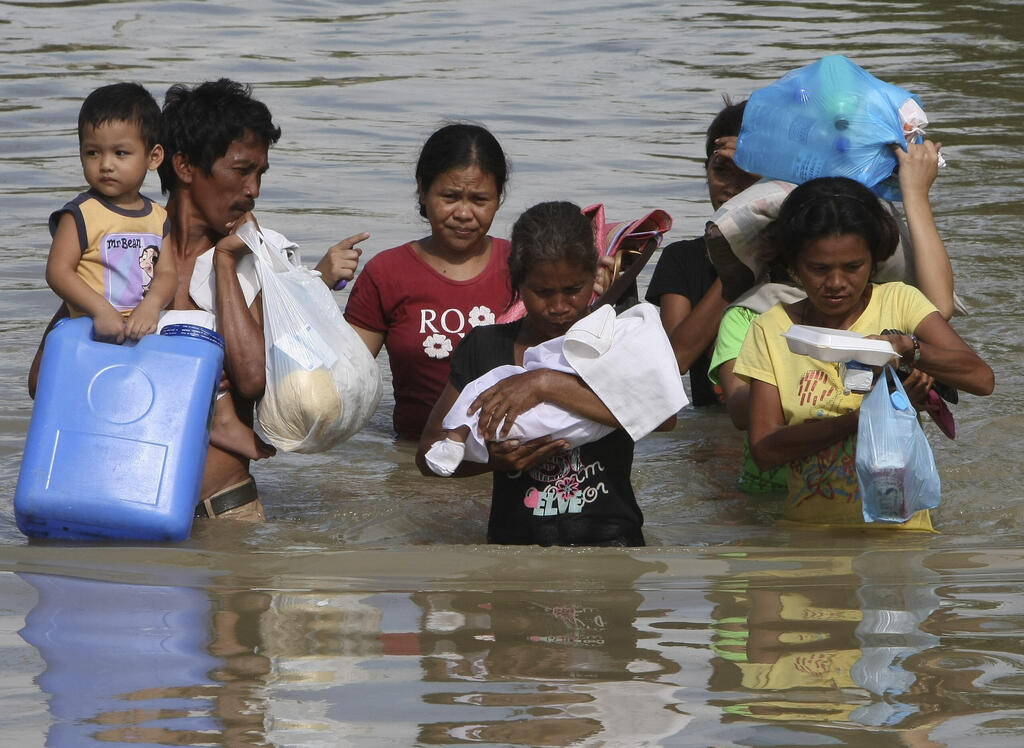Getting your Trinity Audio player ready...
Typhoon Yagi struck northern provinces in Vietnam, China, and the Philippines prompting widespread evacuations. At least 22 deaths were recorded in the Philippines and China, and 4 in Vietnam. 170 people were injured mainly due to falling trees.
Authorities evacuated around 400,000 individuals from northern Vietnam and Hainan, China, in anticipation of Yagi, suspending over 300 flights and closing four airports, including those in Hanoi and Haiphong, according to NBC and PBS. Schools have been closed in 12 northern provinces, including Hanoi, and authorities have warned residents to remain indoors due to the typhoon's threats.
A woman riding a motorbike in Hanoi was killed when strong winds tore down a tree before the typhoon even made landfall; another woman was blown down by the wind in Hai Phong. Numerous telegraph poles were blown down by strong winds in Zhanjiang, Guangdong Province, China.
In Hanoi, resident Dang Van Phuong noted, "I've never seen such a storm like this. You can't drive in these winds."
As of 20:00 local time on Saturday, winds were up to 102 km/h (63 mph), having doubled in strength. In northern provinces in Vietnam, winds of up to 203 km/h (126 mph) were measured.
In addition to fatalities and injuries, the storm caused considerable damage to infrastructure. Local media reported moored boats were swept away. The calm that followed Typhoon Yagi's passage was described as "eerily quiet" by residents.
Warmer ocean waters provide more energy, leading to stronger storms and heavier rainfall. Studies validate shifting patterns in storm locations, suggesting that climate change may cause storms to shift to new areas, exposing regions previously inexperienced with tropical storms.
Authorities recommend protecting natural systems—such as reefs and rivers—and constructing resilient structures to mitigate the effects of stronger typhoons and help countries better prepare for storm impacts.
This article was written in collaboration with Generative AI news company Alchemiq
Sources: Deutsche Welle, The New York Times, The Independent, Yahoo News UK, galvnews.com. BBC News, Reuters, CBC, NBC News, PBS, Nikkei Asia.


